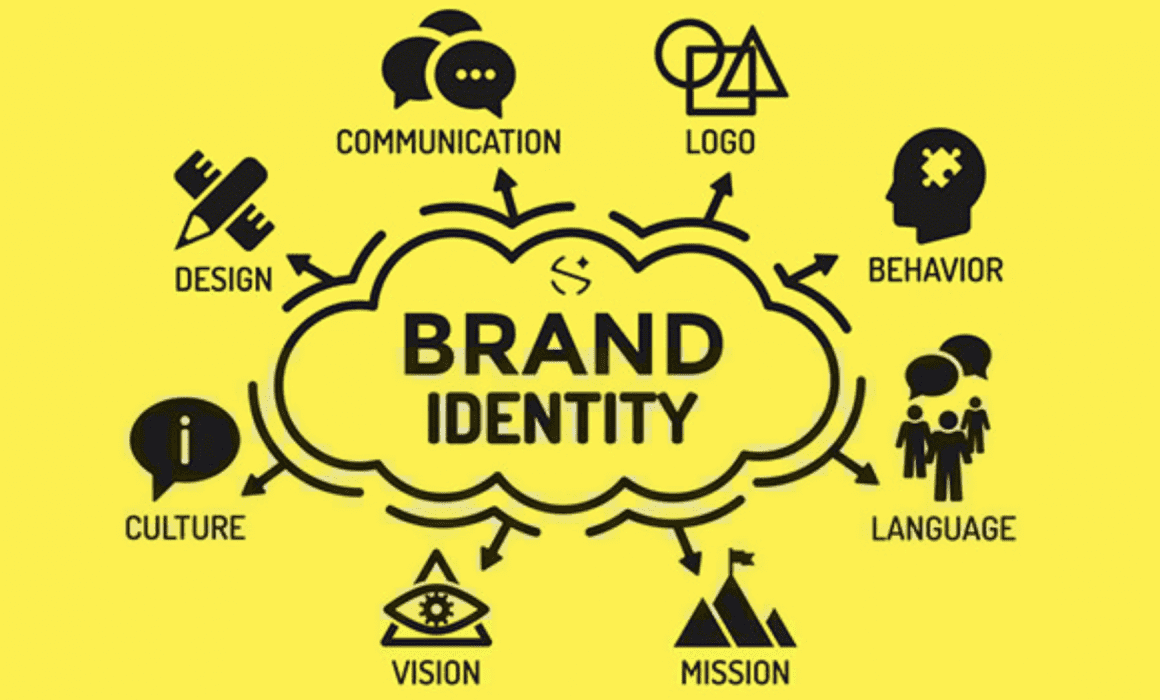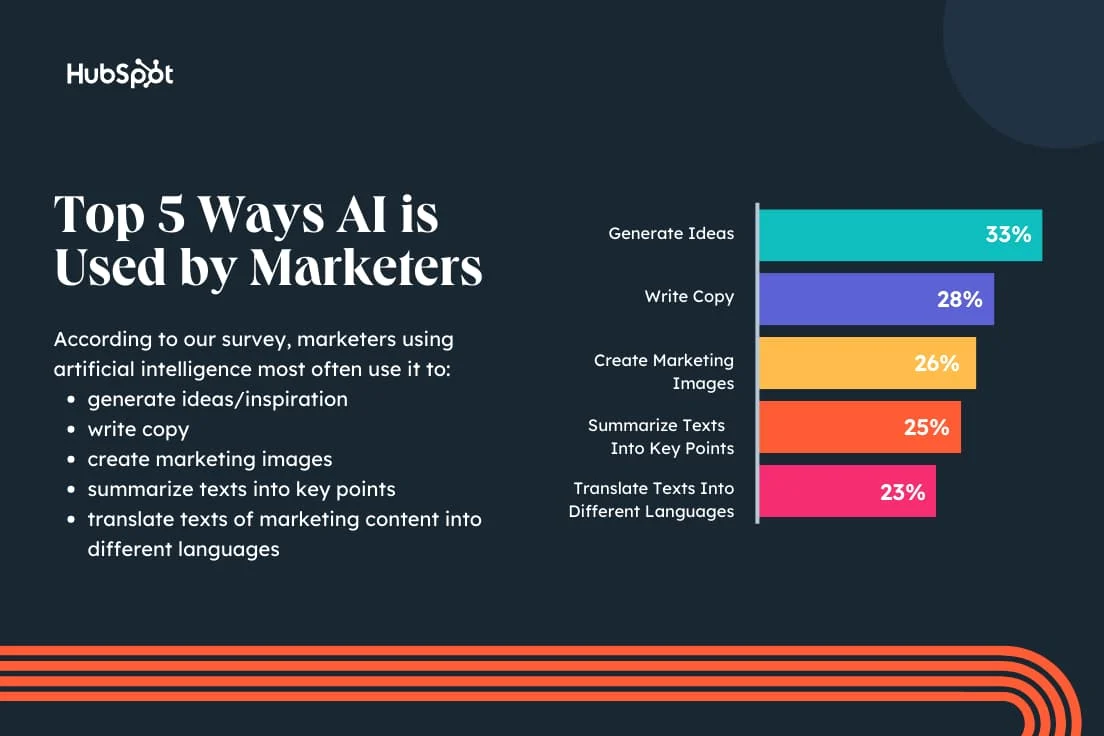Wealth management services remain a growing financial market sector, with an estimated 11,000+ wealth managers in the United States. With increasing competition, your wealth management business must be willing to do what it takes to diverge from the pack.
Marketing your services the right way will help you develop a professional brand, discover your target audience, connect meaningfully, engage and retain, and convert more high-net-worth clients.
With so many wealth management marketing strategies at your fingertips, the question becomes – how and where do you start?
In this blog post, I’ve compiled the top marketing tactics for wealth managers sure to drive growth in 2024.
Table of Contents
12 Core Marketing Strategies for Wealth Management
Let’s dive right in!
1. Understand your wealth management clientele
While wealth managers serve various clients, the most covetable clientele are high-net-worth individuals or HNWIs. To qualify, an HNWI must have $1 million or more in liquid assets.
Since they have so much more money than the average person, they frequently work with financial experts like wealth managers to oversee their money and help them make smart decisions with investments and stocks.
HNWIs have a different rationale than someone with far less money in the bank. Some are willing to spend freely, perhaps too freely, so part of your job is to rein them in.
Others might unnecessarily pinch pennies to maintain their wealth. In this instance, your work would involve helping them find profitable avenues to put their money toward.
The entirety of your clientele as a wealth manager is likely not all HNWIs. You might have a mix of clients with different money needs, perhaps some who are semi-millionaires and others who are middle-class.
No matter who comprises your audience, it helps to understand their challenges and pain points and then use this information to segment them into highly targeted niches.

2. Create your brand identity
One of the greatest mistakes you can make as a wealth manager is assuming you don’t need a brand. If anything, financial services companies benefit the most from branding, as it takes what many people assume will be a stale presence and infuses it with life.

You want your firm to come across as knowledgeable yet friendly, a personable company that people can visit when they need financial help, like an old friend or neighbor.
If you have a rich legacy, you should proudly showcase this, but remember not to get carried away with jargon or lexicon that would fly over the average person’s head. That doesn’t mean you should dumb down your services, but simplify what you do.
Okay, so that’s your voice/tone. What else does your brand need? Here are the elements.
- Story: Your story is your own; no matter how many wealth management services exist, no one else has trodden the path you have. Use your unique background when building your brand, weaving your story into the fabric.
- Logo: A logo is a way of wordlessly expressing your lineage. It needn’t be overly complex; you want to achieve household name status, so that means going for simple but memorable. Think the Nike swoosh, but applicable to the wealth management sphere.
- Colors: Visuals are as important to your brand as tone. The colors you select should embody what your brand stands for; expertise, talent, and passion for assisting. Pink is a compassionate color, green is for harmony, and blue represents empathy.
- Values: What drives your wealth management firm to do better? Is it for the sake of helping people achieve financial stability? Perhaps it’s to carry on a family name. Whatever the answer, your values makeup who your brand is and should be represented.
Consistency is critical to branding, from typography to tone and colors. Everyone who represents your wealth management firm’s brand should have a solid understanding of what the brand is about to keep it consistent across channels and platforms.
3. Personalize your client experiences
Clients across all levels expect personalized communications. It’s been years since you could afford to send generalized, generic content meant for anyone and everyone.
Everything you produce related to your wealth management marketing strategy must be personalized, from your email content to your social media posts, content marketing, and advertising.
The most efficient way to personalize marketing materials is by segmenting your audience. I mentioned dividing your audience by pain points before, but that’s one factor among many. You can also lean heavily into demographics, geographics, and psychographics.
Here’s a simple example to get you started. Try segmenting your audience by income brackets or industry. This will tell you how many of your clients are HNWIs. They would receive a different marketing message than a potential client who isn’t a millionaire.
Once you’ve segmented your audience, you should find it far easier to personalize the messages and communications they receive. You’re talking to a smaller, more targeted niche rather than thousands of people so that you can discuss their challenges, interests, and needs more accurately.
Customer relationship management or CRM software is a valuable addition to personalization. You can rely on a CRM to track client information, manage communications, automate emails and social media posts, and segment your audience.
4. Use content marketing as a thought leadership vehicle
Wealth management marketing strategies are all about finding smart ways to separate yourself from the competition, and using thought leadership is certainly a wise method.
A thought leader has trustworthy insights into their niche, field, or industry. As a result, they’re perceived as an authority.
Becoming a thought leader is highly beneficial for your image, brand, and marketing campaigns. Audiences will trust your opinions and advice, seeking it over your competitors. More so, they will likely share your content with others, spreading your brand reach and increasing your audience access.
Content marketing is the key to establishing your wealth management firm as a thought leader. Here are some suggestions on how to use content effectively.
- Produce a blog or video series about an area of wealth management that most people are curious about (based on keyword research) but there isn’t much information on. If the subject people are curious about is already popular, consider approaching it from a different perspective.
- Write whitepapers or eBooks about industry trends and changes. You can use portions of your writing as lead magnets.
- Make original infographics to supplement your information, such as in a whitepaper or blog post. However, ensure the infographic stands up as a resource to encourage sharing.
- Post your content as part of social media marketing and in your email newsletter.
- Track your links, mentions, and engagement to determine if your thought leadership content marketing strategy pays off.
- Create a webinar about wealth management. Monetize the webinar itself, repeat airings, and transcripts. You can also use the transcripts for a lead magnet.
Read also: 9 Free Marketing Strategies to Scale Your Small Business
5. Engage in digital marketing strategies
Digital marketing is the backbone of your campaign.
One area you should focus your attention on is search engine optimization or SEO. This determines where your wealth management website lands in the search engine results pages (SERPs).
Every company wants to rank number one, but there are only so many spots to go around. Considering more than 97 percent of Google searchers never venture beyond the first page, that makes the competition to win the top spots even fiercer.
SEO good practices will help you reach a better rank, but be advised, it’s not an overnight process. It can take upward of six months to see a rank change, so continue to do all the following until you land closer to the top of the SERPs.
- Get on local business listings (or industry listings) to increase your quality backlinks.
- Publish valuable, useful, helpful content (like this guide!). Ensure your work is original.
- Claim and complete your Google Business Profile if you haven’t already. Fill in all form fields, upload your own images and video, and double-check the info is accurate.
- Reduce the size of your URLs so they’re more searchable. Incorporate your keyword(s) naturally into the URL.
- Send your sitemap to Google Search Console. Google will crawl and index the site, learning its contents and elevating your rank.
- Produce a mobile-friendly version of your website.
- Redesign your website layout. Your site should be navigable, uncluttered, and appealing for desktop and mobile.
- Optimize your images with alt tags. Watch image size; they can reduce website loading speed if they’re too big.
- Build internal links on your website, providing links to other relevant pages across the site.
- Use H1s, H2s, H3s, etc., properly in all your content, including your website design.
- Track your site loading speed and reduce it to around two or three seconds.
The next digital component of your wealth management marketing strategy is social media. Find the platforms your clientele gravitates toward the most (including your target market) and build a presence on those sites.
Post frequently, engage with your audience when you get comments and replies, and prioritize posting valuable content.
6. Use email marketing to connect and engage
Email marketing is one of the best strategies in your wealth management marketing campaign. You can earn about $40 in sales for every $1 you put into email, so if you’re not already focusing on it, make 2024 the year your wealth management firm puts email marketing at the forefront.
Opt-in forms and lead magnets are excellent ways to gather contact information. You can also request an email when new clients sign up for your services, use referrals, or try a contest or giveaway to increase the number of subscribers.
Once you’ve built an email list, begin engaging with it immediately. Use CRM to automate emails so leads and prospective clients receive correspondence from you roughly when they expect it, such as after they join your list or schedule an appointment.
Produce personalized, segmented content for audience groups based on their progress in the sales funnel. Don’t neglect your longer-term clients; you need them to stick with you, and continuing to send them engaging content will help.
Read also: 12 Examples of Email Marketing Strategies That Work
7. Strengthen your network
However, don’t rest on your laurels regarding the size of your network. You can always afford to build bigger, as expanding your connections means accessing more leads and learning about your competitors.
Discover where your HNWIs go, then get yourself a ticket to similar types of events. You should certainly make appearances at finance events, where you can shake hands and exchange business cards.
Networking doesn’t exclusively have to happen in person anymore; it’s been that way for many years. Virtual events are just as effective for building connections, and better yet, you don’t have to leave your office (or your couch if you’re at home).
8. Build a rock-solid referral program
Your clients have lots of leads they can introduce you to if you only ask.
The best way to do that is through a referral program. Give your affluent clients the opportunity to receive discounted services or other rewards for introducing you to friends, family, neighbors, and colleagues who could potentially become your next clients.
These qualified leads are usually readier to convert than cold leads you find through other sources.
Read also: The Tricks of Trade Marketing: 7 Strategies That Work
9. Engage in sponsorships
Continue building upon your wealth management marketing plan by getting involved in sponsorships. Sponsored relationships can strengthen your brand, expand your audience, and make you a more instrumental part of your community.
You have to be choosy when working with sponsors, just as you do when you partner with an influencer. The sponsor you select should have aligned values with your wealth management firm.
It’s also best if there’s some interest from your audience regarding the sponsor, which you can ensure by choosing brands your clients and leads already use or consume.
10. Leverage technology like AI
Whether you like it or not, AI is here to stay. It’s pervaded almost every industry, even finance. That doesn’t mean you have to worry about a robot doing your job, but you should accept that AI has its place in wealth management.
Once you learn to harness the power of AI, you can realize how useful it is in saving time. For example, you can ask AI to write social media or email copy for you (that you should still edit before publishing).

AI can filter leads, personalize your content, and automate elements of your marketing campaign. It’s especially valuable in chatbots. Clients and leads can connect with the bot to get the information they need, reducing the number of people who need to call your customer service line.
If you have heaps of data to go through, AI can take care of it. It’s also useful for predictive analyses you can use to guide your business decisions.
Read also: 6 High-Impact eCommerce Marketing Strategies to Try Now
11. Follow compliance regulations
As a wealth manager, you deal with sensitive information day in and day out. As you launch your marketing campaign, now is a great time to read up on compliance rules to ensure your wealth management company is in the right.
You should add a policy statement in your emails mentioning what your firm does with sensitive data. Consider a similar policy on your website to protect your client’s financial information.
Staying compliant doesn’t mean data leaks are impossible. However, if you followed the rules, the fallout is sure to be less drastic.
12. Measure your marketing effectiveness
So, how did your wealth management marketing strategies pan out? You can answer that question by reviewing the following metrics:
- Website traffic
- Returning visitors
- Lead growth rate
- Email open rate
- Email click-through rate
- Social media impressions
- Brand awareness
- Return on ad spend
- Customer lifetime value
- Cost per click
- Keyword rankings
- Engagement rate
- Return on investment
- Customer retention rate
- Customer acquisition cost
- Cost per lead
- Bounce rate
- Unsubscribe rate
- Net Promoter Score
- Conversions
Read also: 12 Powerful Sales Growth Strategies for 2024
Bottom Line
Wealth management marketing strategies will help your firm identify itself from the thousands of competitors in your industry, all chasing after the same clientele.
You’ll build a durable brand, increase your SEO rank, produce valuable and authoritative content, connect with your audience, and build on your professional relationships with your clients while securing new ones.
Your marketing campaign needs a budget, but I’m sure that’s something you can easily figure out, given your area of expertise.
EngageBay is an affordable all-in-one marketing, sales, and customer support software for small businesses, startups, solopreneurs, and agencies. Sign up for free or book a demo with our experts.
Make this year the one where your wealth management marketing skyrockets!
